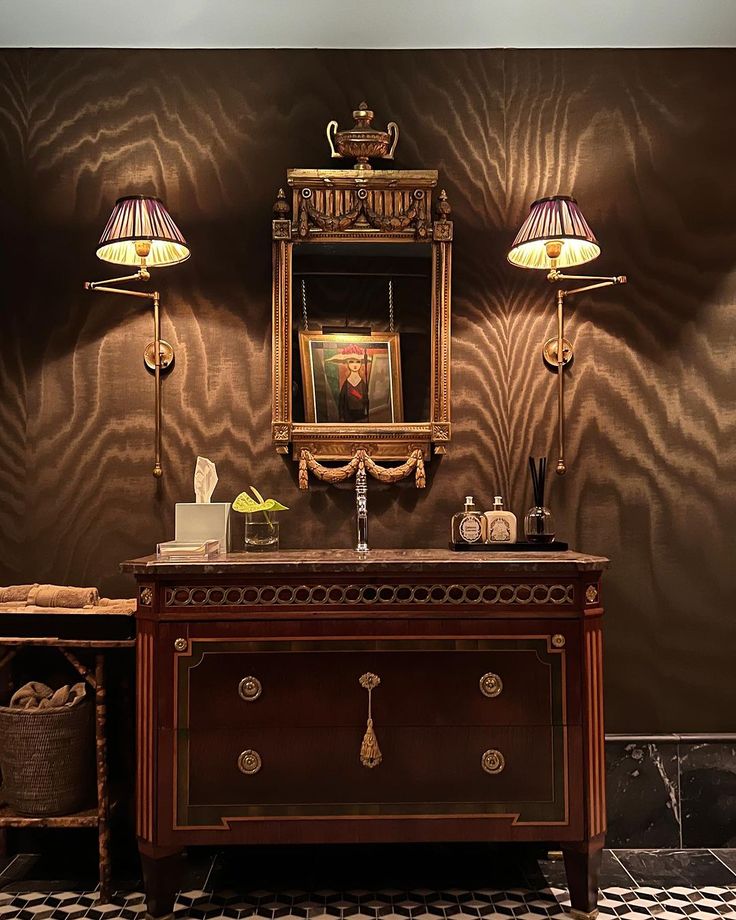In today’s blog post, I’m delving into the fascinating world of one of my favourite patterns, moiré. The origins of moiré can be traced back to the medieval period. It was initially created as a silk fabric and gained popularity in Europe during the Renaissance. Moiré was considered a luxurious and prestigious fabric, often associated with nobility and the upper class.
The production process of moiré starts with a plain woven silk fabric, which is then treated with heat and pressure. The fabric is passed through engraved metal rollers, which press the surface to create the characteristic wave-like pattern. This process gives moiré its unique appearance and texture.
During the 17th and 18th centuries, it became increasingly fashionable in Europe and was widely used for clothing, particularly for gowns, robes, and decorative elements. Its shimmering effect made it highly sought after for formal wear and ceremonial garments.
Moiré also found its way into interior design during the same period. It was used for upholstery, drapery, and wall coverings, adding elegance and opulence to palaces and stately homes. King William III documented yards of silk moiré in his official 1695 Hampton Court Palace inventory. In this article, Richard Humphreis of Humphreis Weaving talks about the Moire used at Hampton Court Palace. Humphries weaving were in charge to refurbish the Cumberland Art Gallery since they are one of the very few weaving companies left in the UK who are still able to produce moire just as it would have been back in 1600s.
In the 19th century, the Industrial Revolution brought advancements in textile manufacturing. This led to the production of moiré in larger quantities and at lower costs, making it more accessible to the middle class. The demand for moiré continued to grow, and it became a popular choice for women’s dresses and home furnishings. It was also used in the production of book covers and endpapers, where the watered pattern could add a decorative element to the finished product.
With the advent of synthetic fabrics in the 20th century, moiré began to be produced using materials other than silk. Nylon and rayon became common alternatives, allowing for a wider range of colours and patterns. Moire fabric was no longer limited to high-end fashion and interior design but became more affordable and versatile.
The rich history and enduring allure of this fabric have made it a timeless and iconic textile, prized for its elegant appearance and tactile appeal. Below I’m sharing some inspiration from past and present that proves that moiré indeed is more.
 Peter the Great, painted in 1838 by Paul Delaroche (Detail)
Peter the Great, painted in 1838 by Paul Delaroche (Detail)
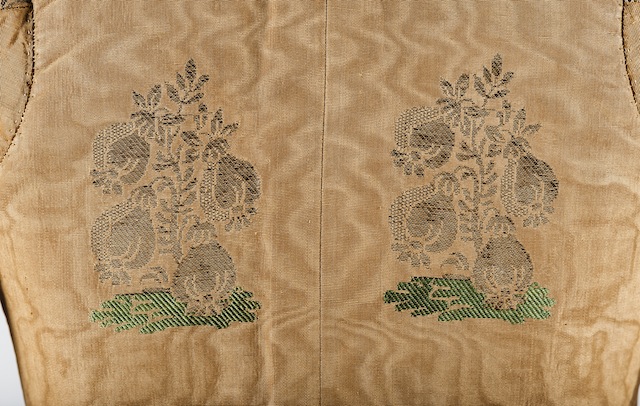
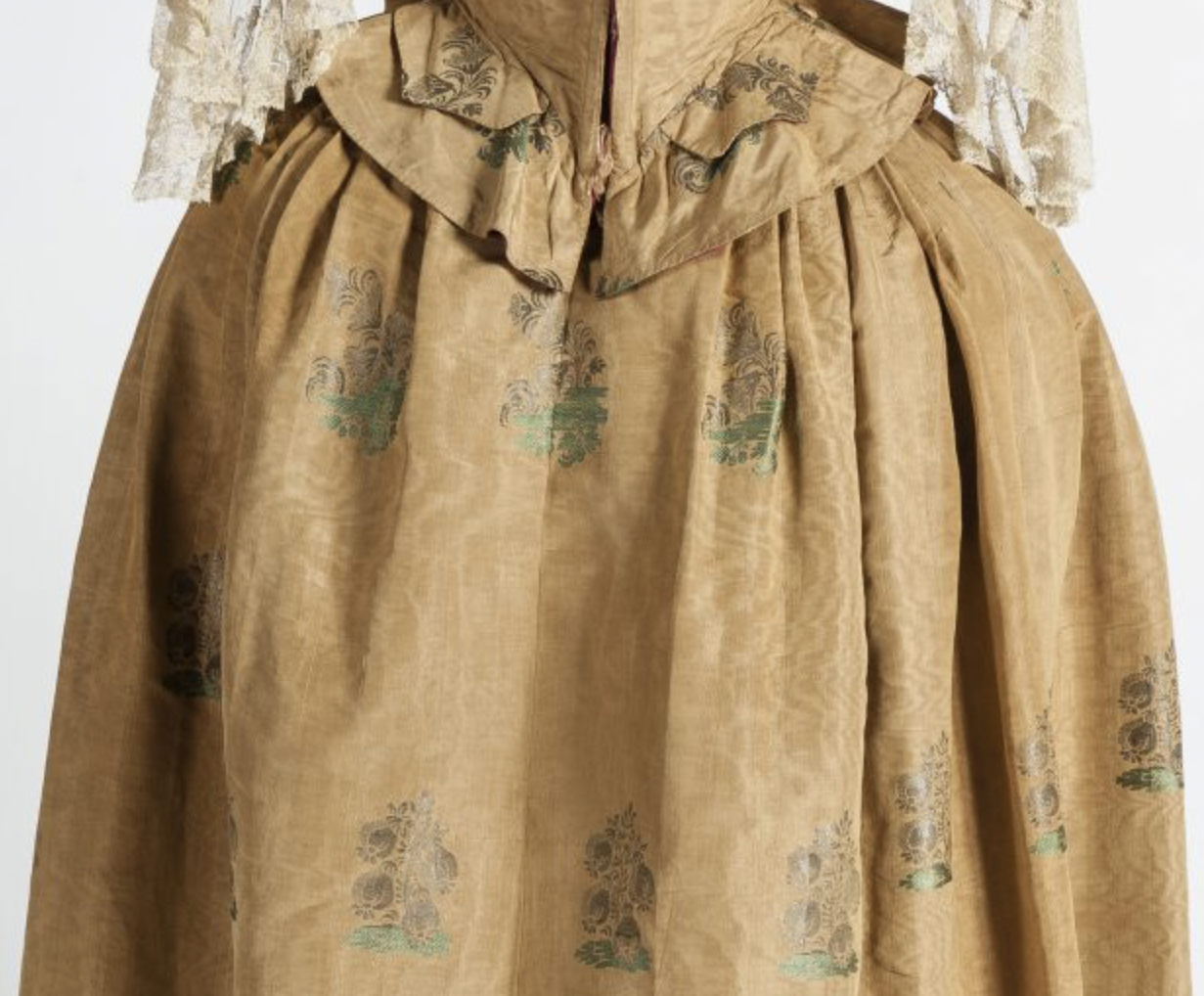 Yellow moiré dress from the early 18th century is conserved in the collection of the National Museum of History in Mexico City. Via Dressing the New World. Image credit: Mexico, National History Museum (MNH). Photograph by Omar Dumaine.
Yellow moiré dress from the early 18th century is conserved in the collection of the National Museum of History in Mexico City. Via Dressing the New World. Image credit: Mexico, National History Museum (MNH). Photograph by Omar Dumaine.
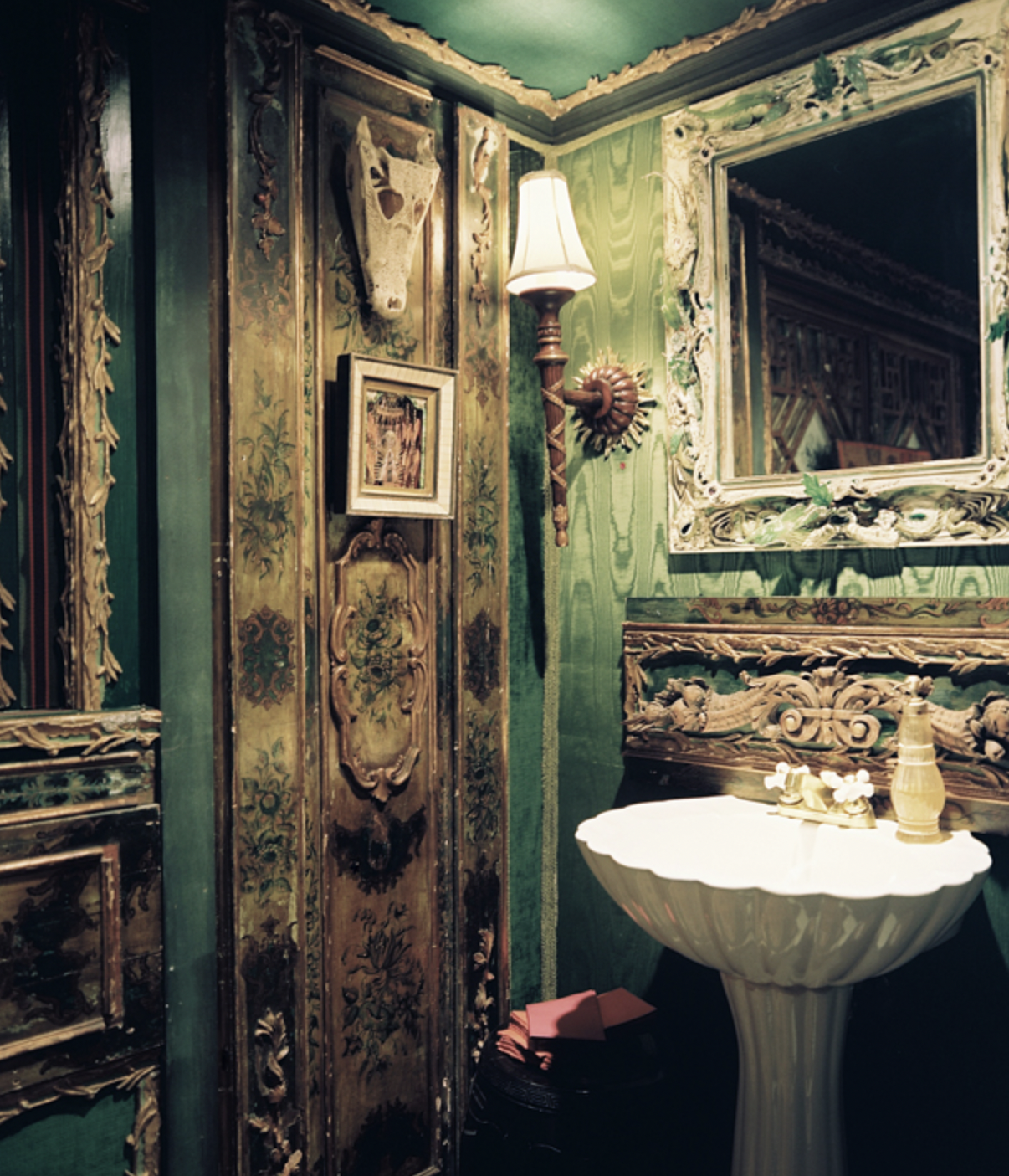 Tony Duquette
Tony Duquette
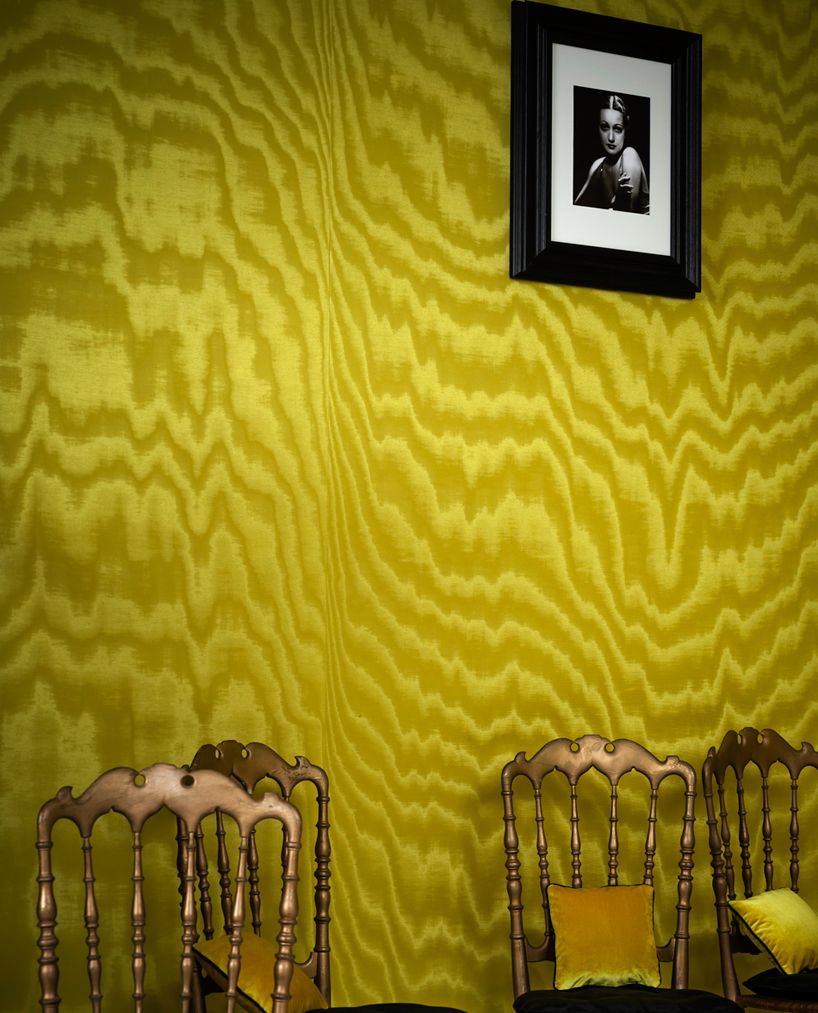 Dedar Milano wallcovering: ‘Amoir Libre ’Image Andrea Ferrari / Dedar Milano
Dedar Milano wallcovering: ‘Amoir Libre ’Image Andrea Ferrari / Dedar Milano
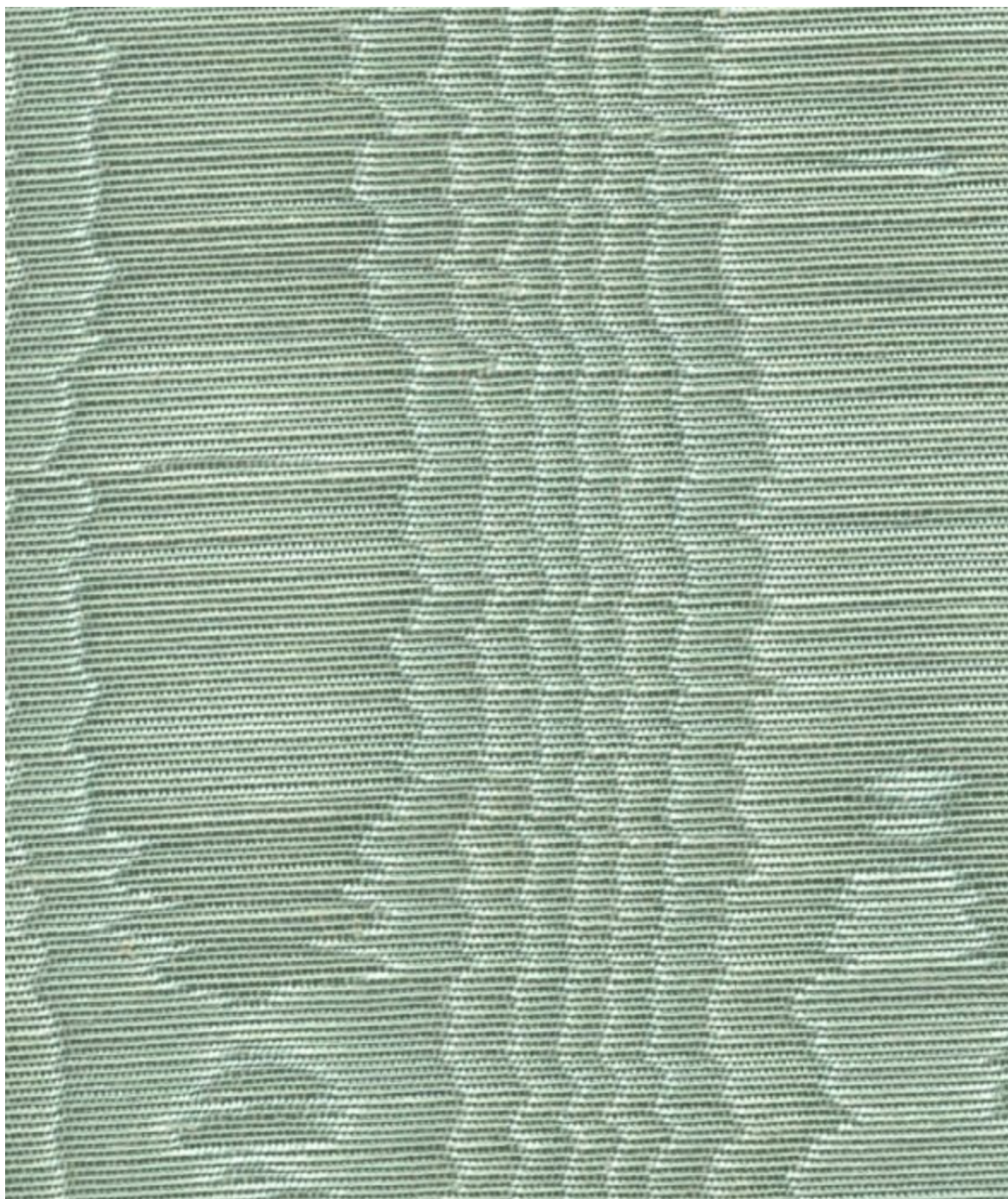
Misa Moire Plain Fabric by Marvic via Jane Clayton
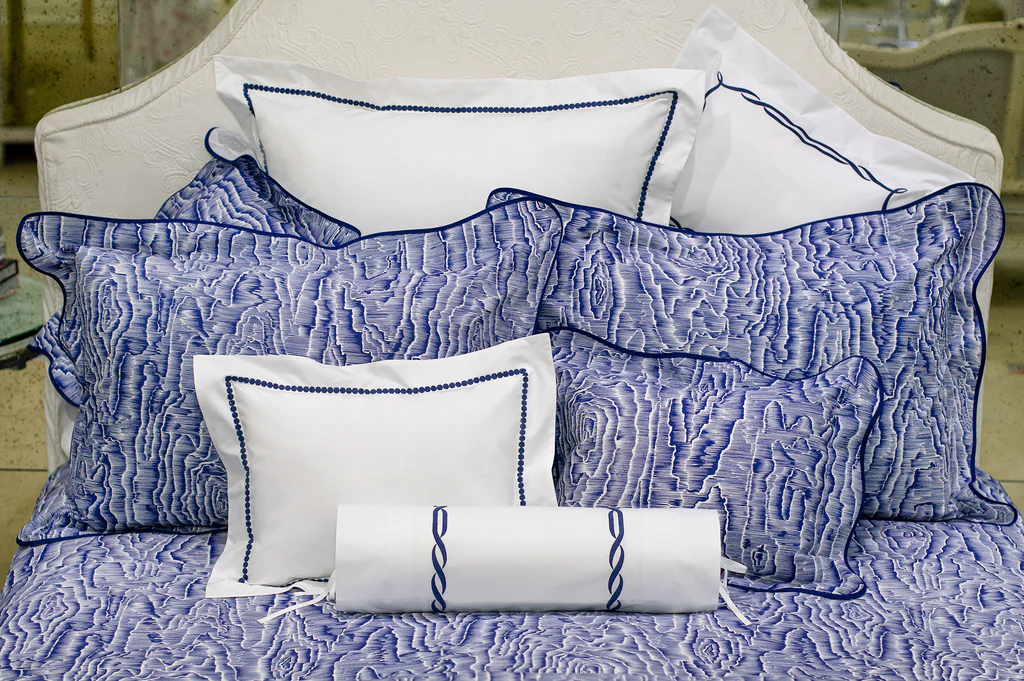
In the 1960’s, as a play on the visual texture of silk moiré, D. Porthault engraved flat screens to mirror the bark of a tree on cotton and linen fabric. D. Porthault has recently reintroduced its ‘Bois Moire’.
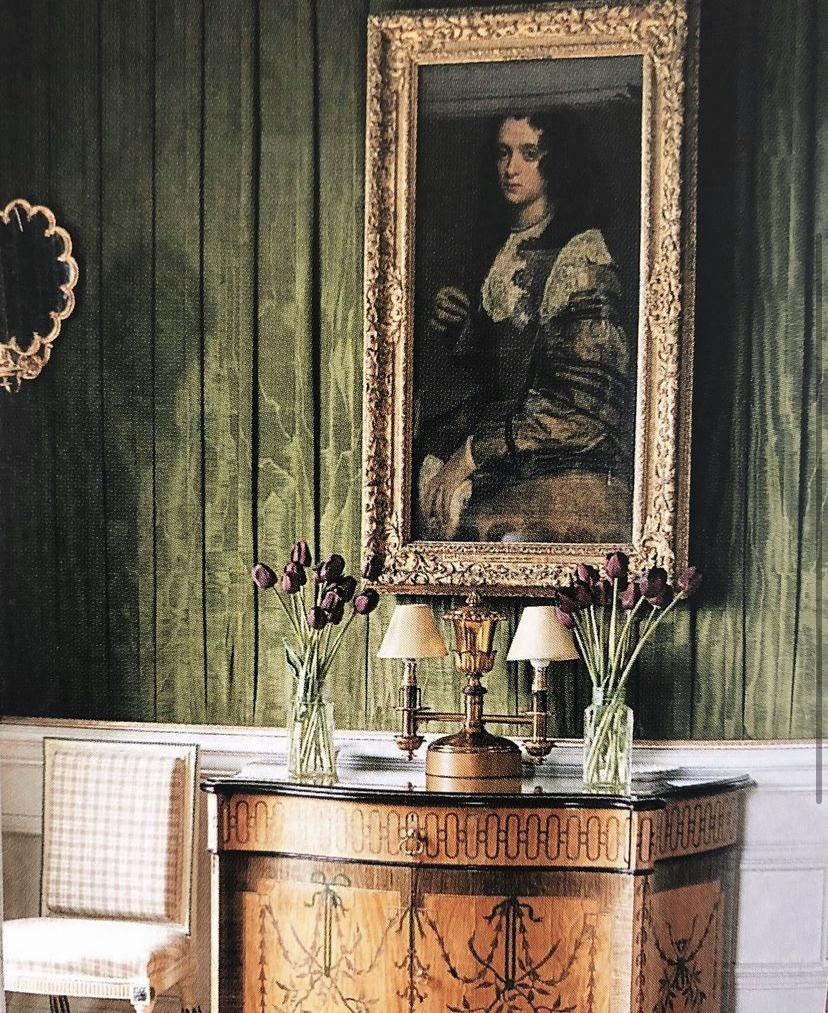 Pleated green moire walls at Chatsworth House via Remy Renzullo
Pleated green moire walls at Chatsworth House via Remy Renzullo
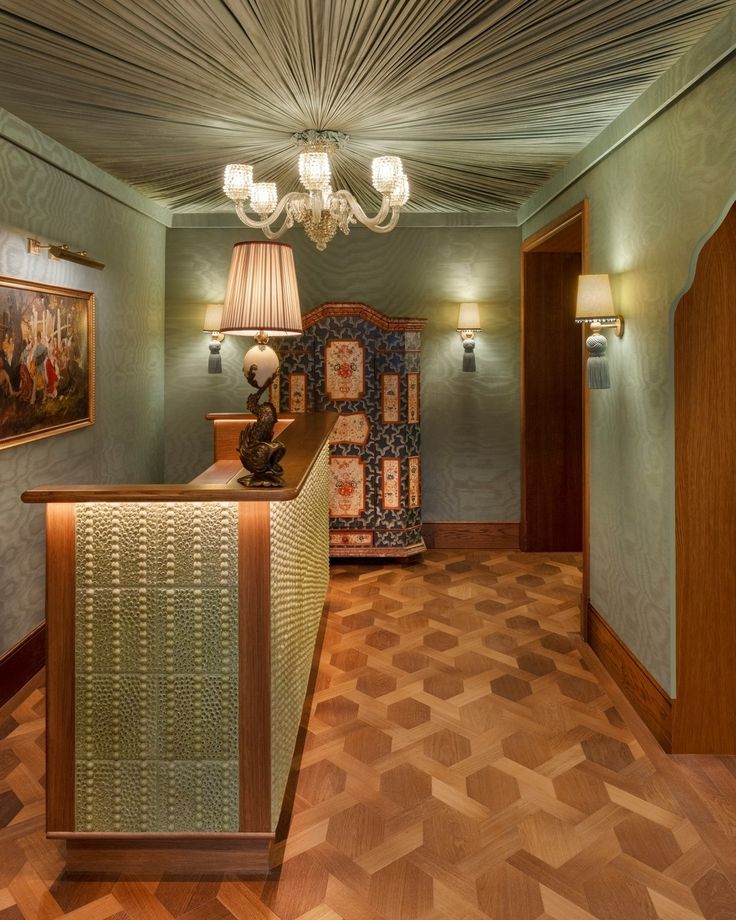
Le Grand Mazanin Hotel in Paris designed by Martin Brudnizki
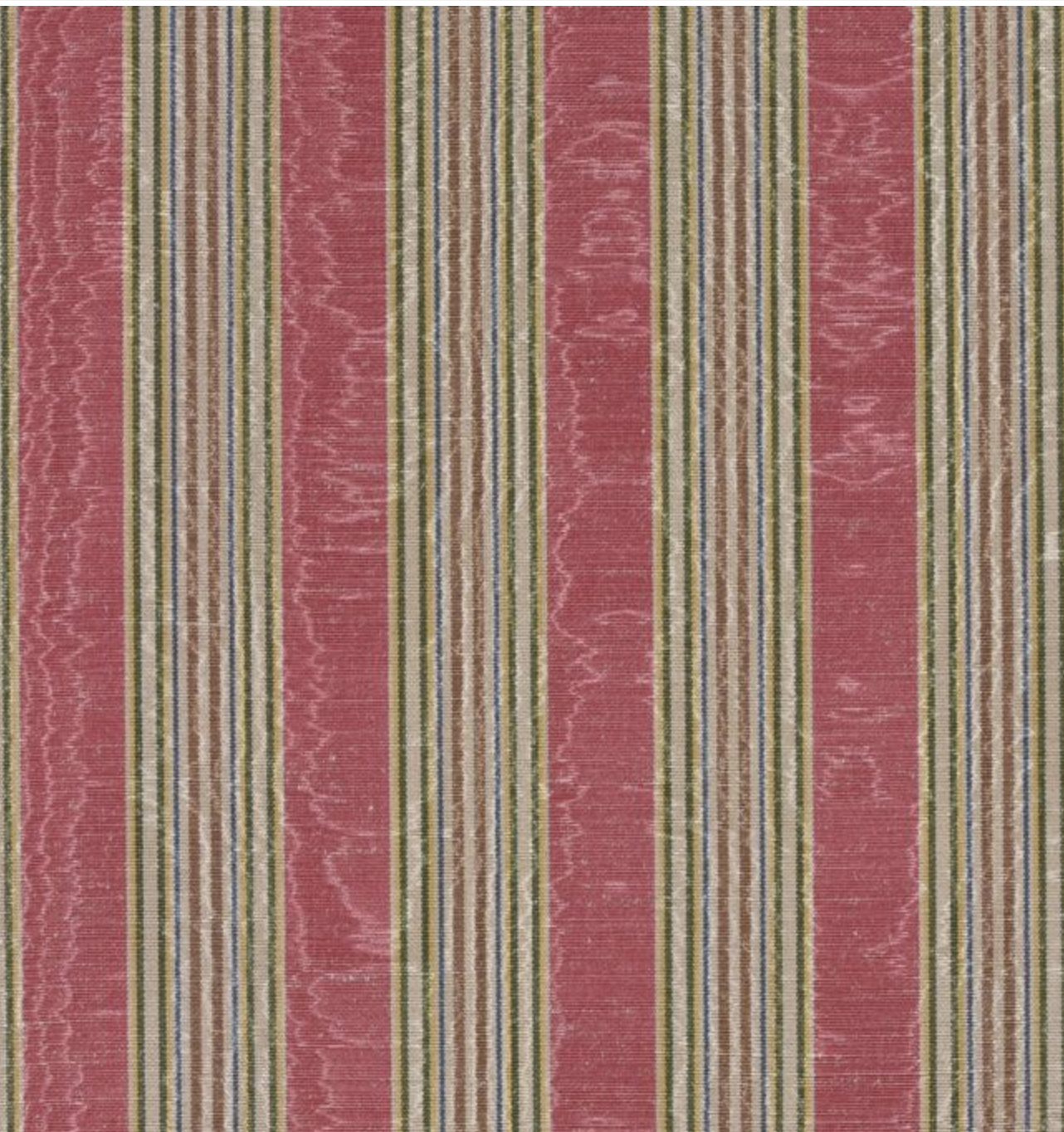 Misa Moire Stripe Fabric by Marvic
Misa Moire Stripe Fabric by Marvic
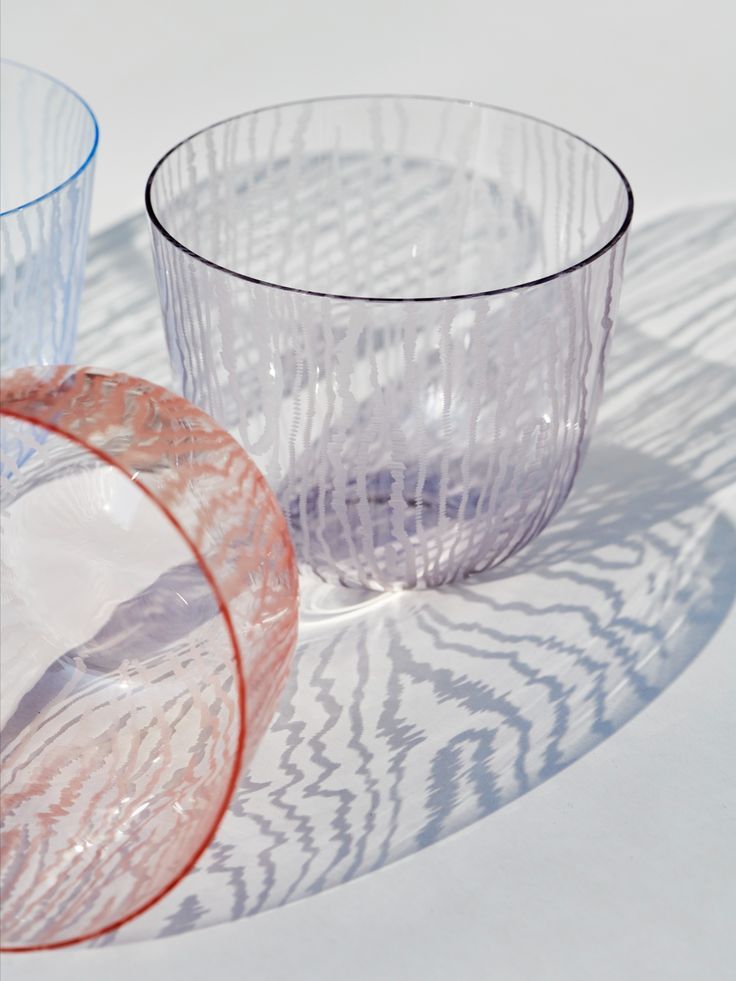 Hand-engraved Moire glassware via Bonadea
Hand-engraved Moire glassware via Bonadea
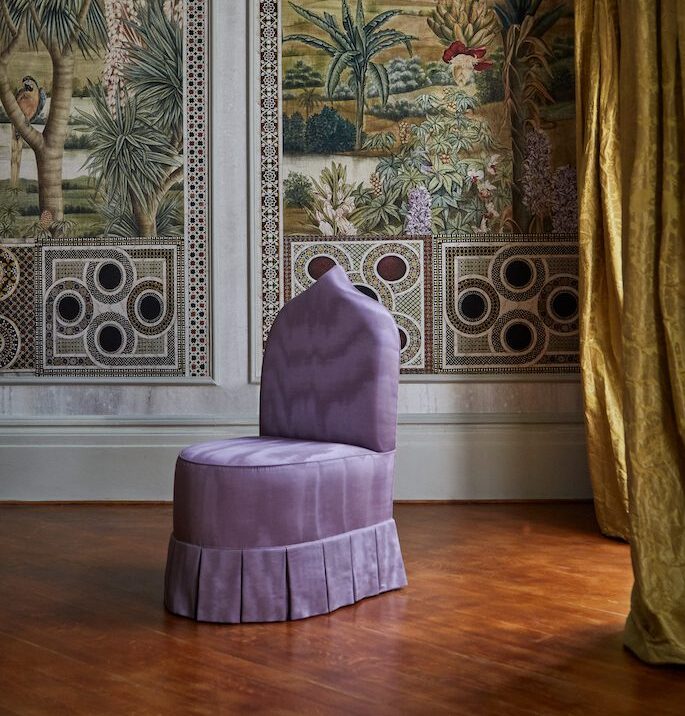 Fabrizia Cocktail chair by Campbell and Rey for the Invisible Collection
Fabrizia Cocktail chair by Campbell and Rey for the Invisible Collection
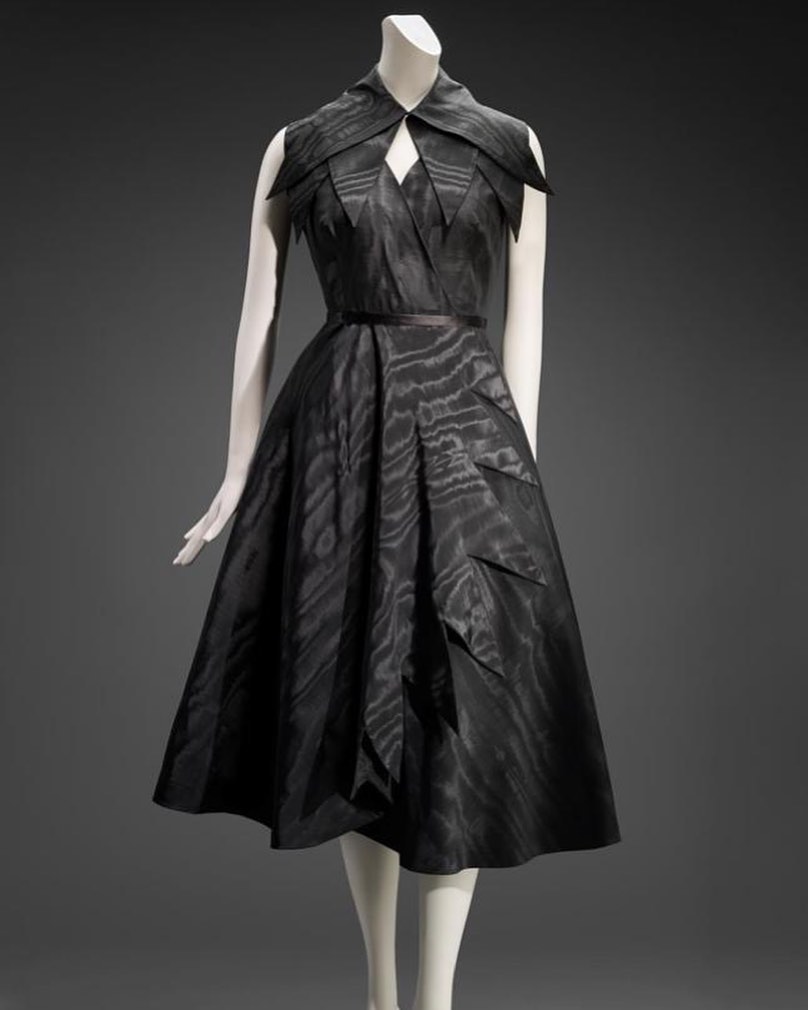
Two-piece cocktail dress made by Cristóbal Balenciaga in 1949. Photo: Museum of Fine Arts Boston
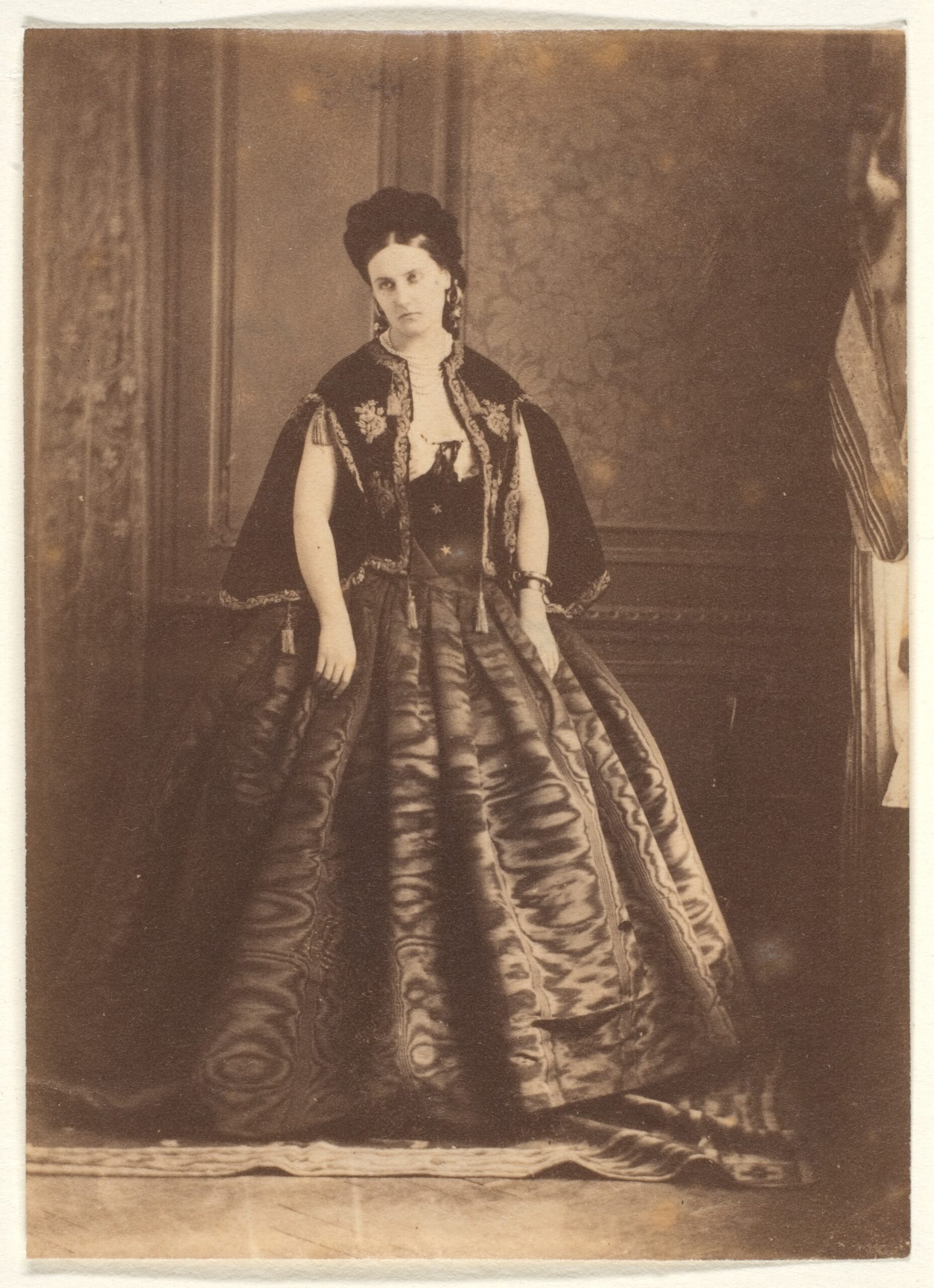 La robe de moiré, Pierre-Louis Pierson, 1860s, MET Museum
La robe de moiré, Pierre-Louis Pierson, 1860s, MET Museum



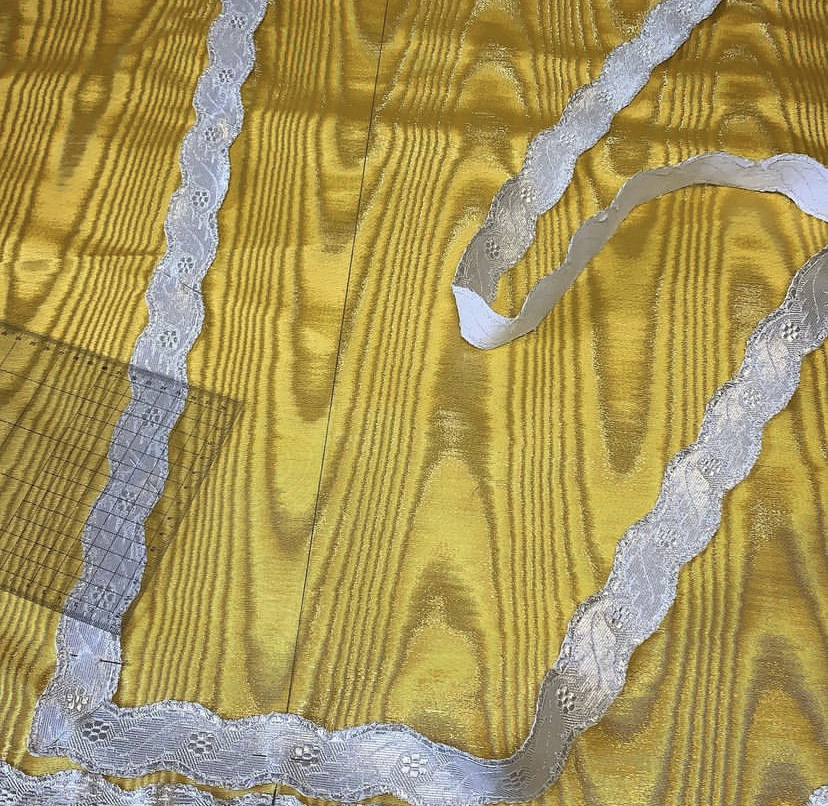 Exquisite moiré by ARS COMACINA, a traditional bespoke atelier in Lake Como that creates garments and accessories for the Catholic Church.
Exquisite moiré by ARS COMACINA, a traditional bespoke atelier in Lake Como that creates garments and accessories for the Catholic Church.
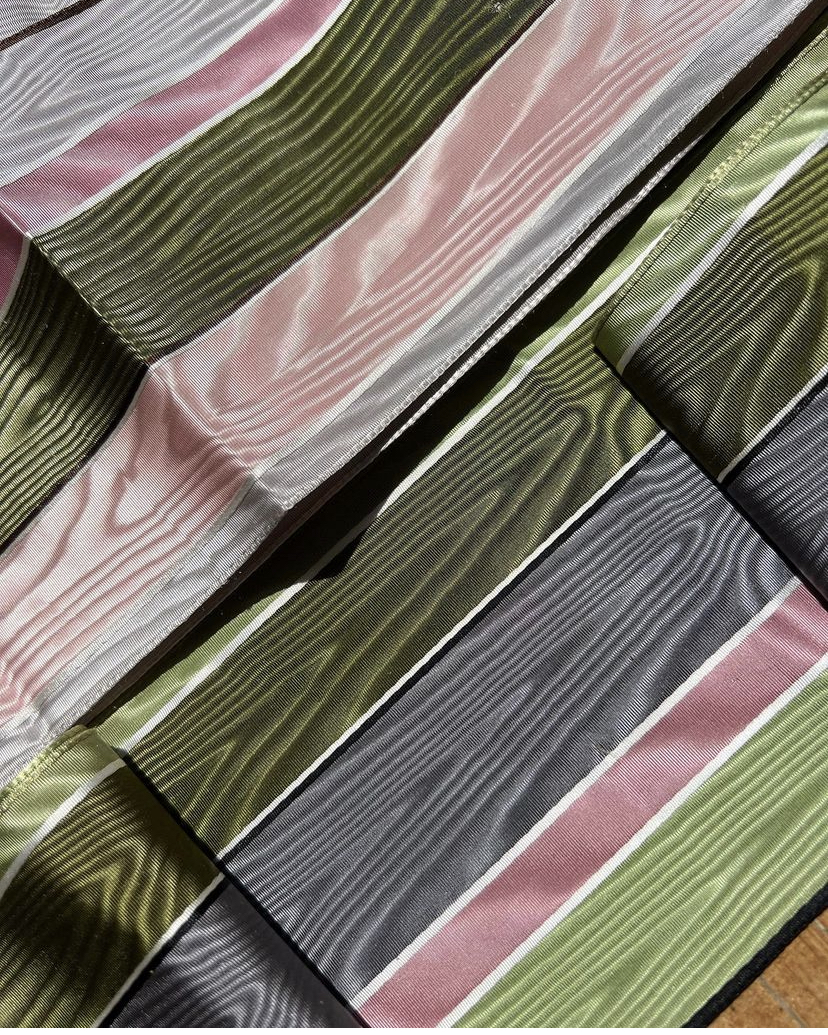
 1920s French moire ribbons via @starchedandcrumpled
1920s French moire ribbons via @starchedandcrumpled
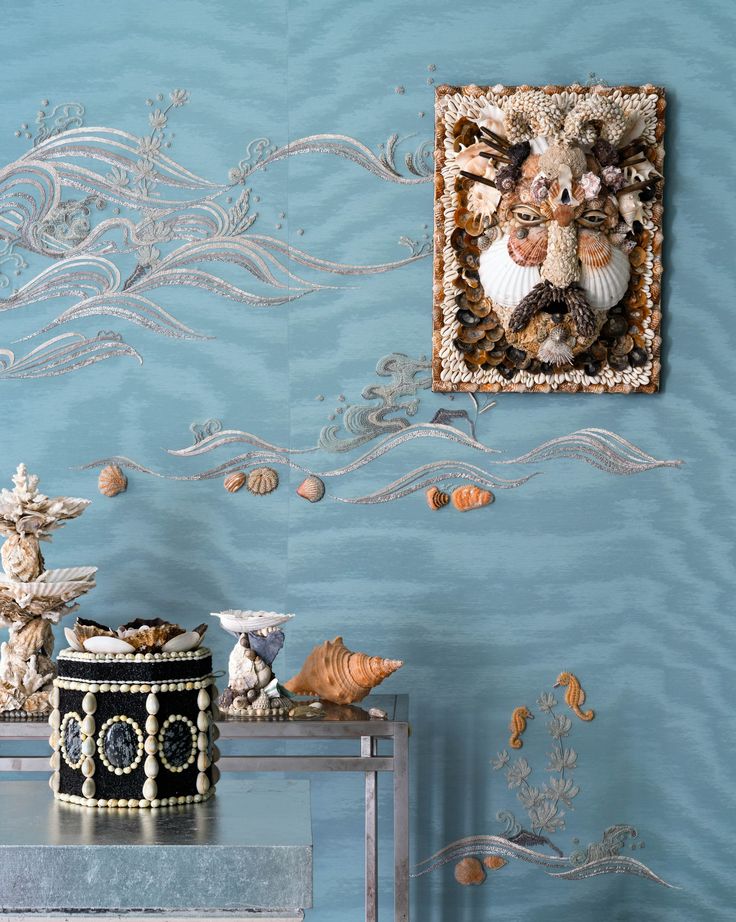
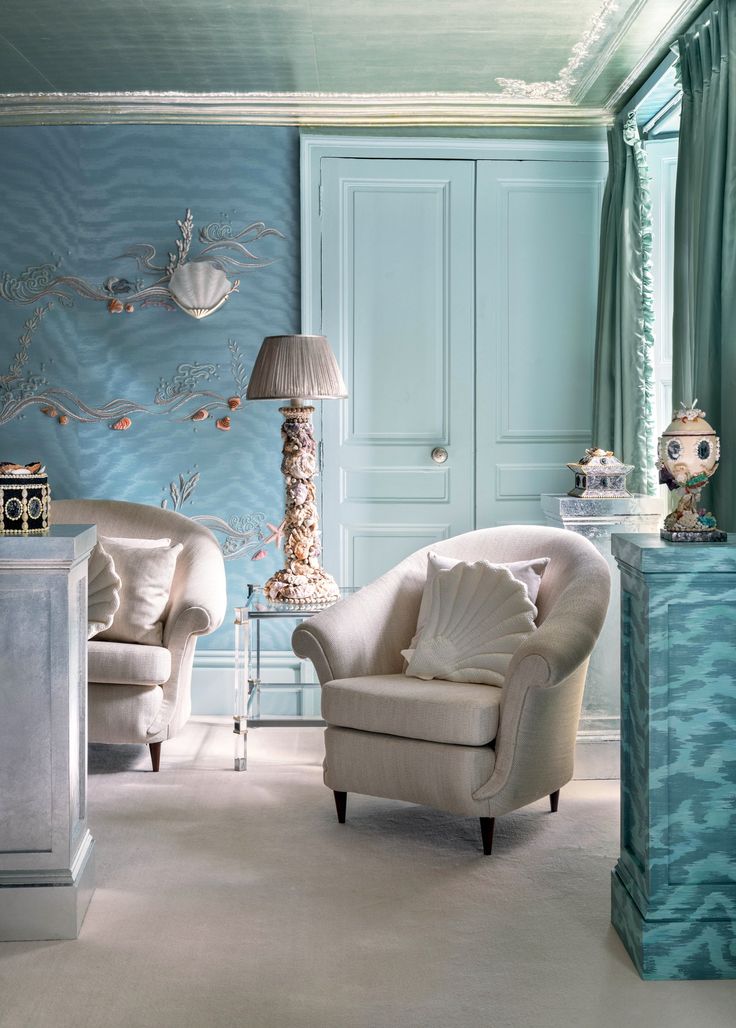 De Gournay x Tess Morley at Paris Design Week 2023. On the walls, De Gournay hand-embroidered ‘Amami Waves’ Pale Blue Moiré silk wallcovering. (Sharing here a blogpost I did about shell grottos in which I featured Tess Morley wonderful work)
De Gournay x Tess Morley at Paris Design Week 2023. On the walls, De Gournay hand-embroidered ‘Amami Waves’ Pale Blue Moiré silk wallcovering. (Sharing here a blogpost I did about shell grottos in which I featured Tess Morley wonderful work)
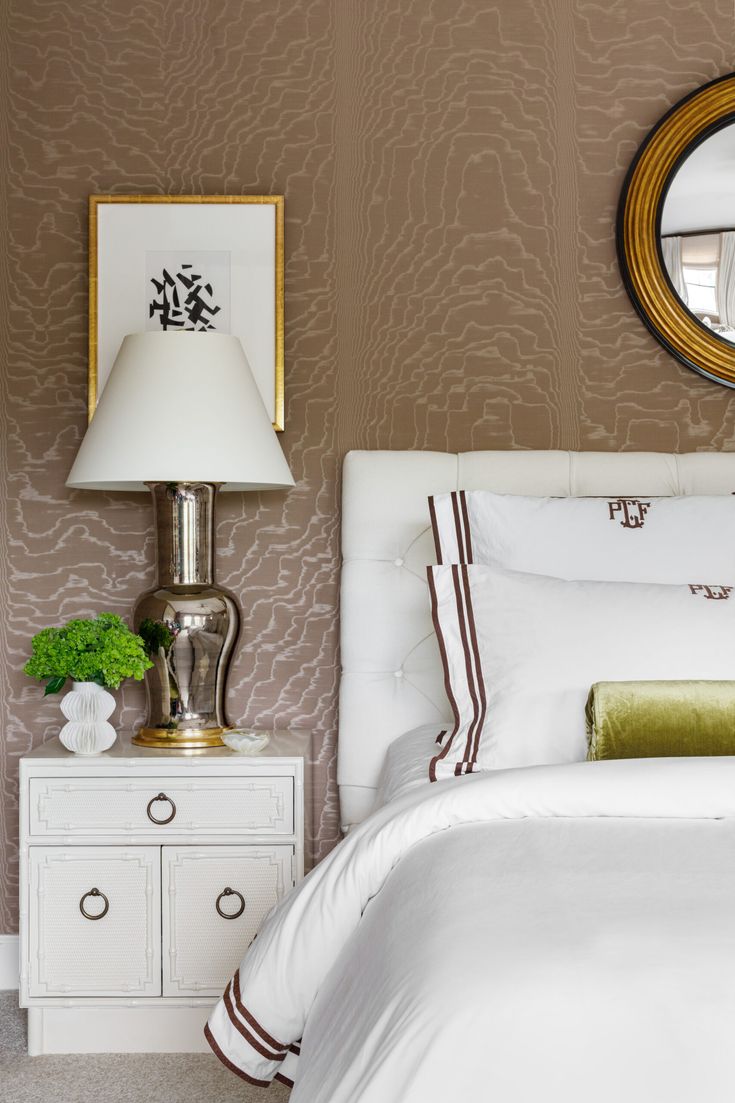
Schumacher Moire wallcovering – Paloma Contreras Interior Design. Aimee Mazzenga photography.
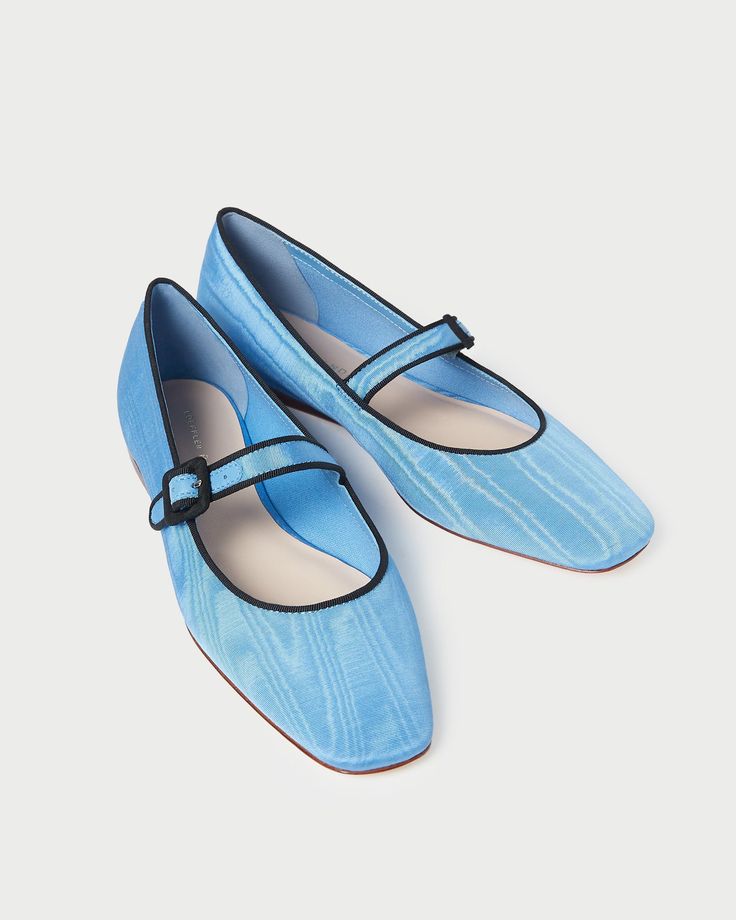 Blue Moire Mary Jane by Loafer Randall
Blue Moire Mary Jane by Loafer Randall


